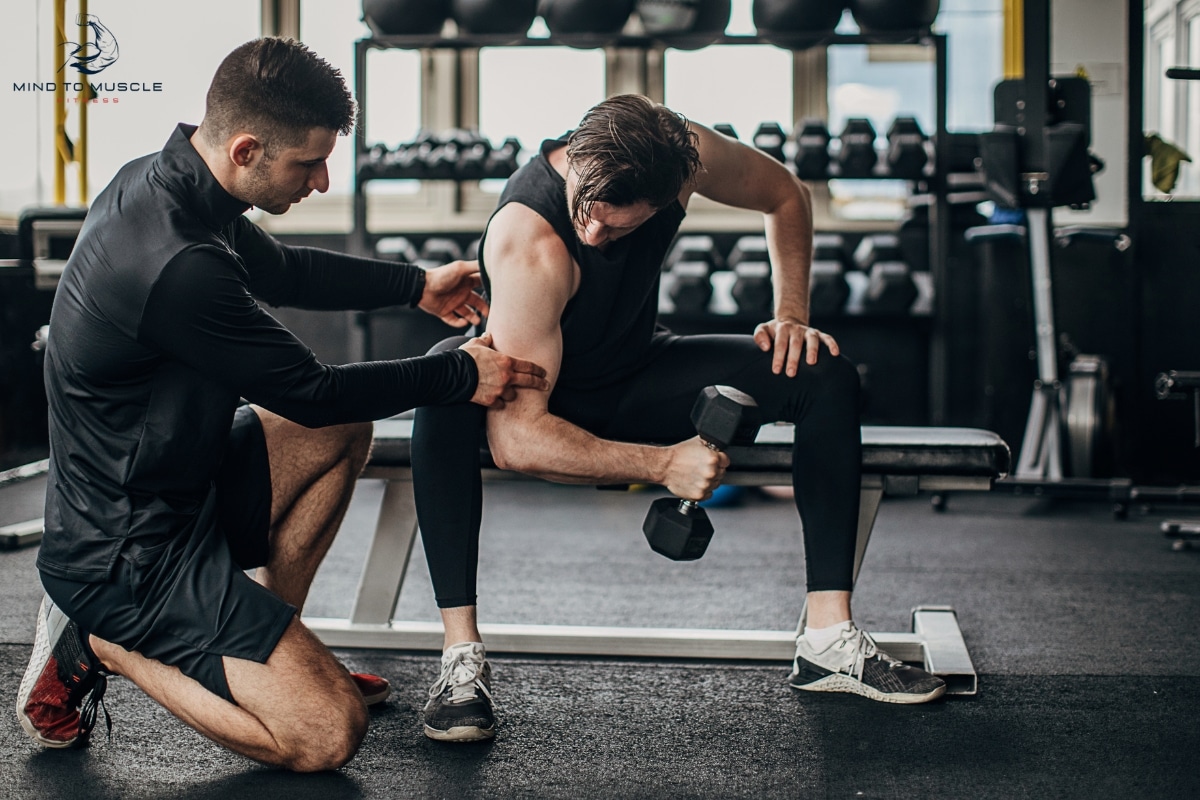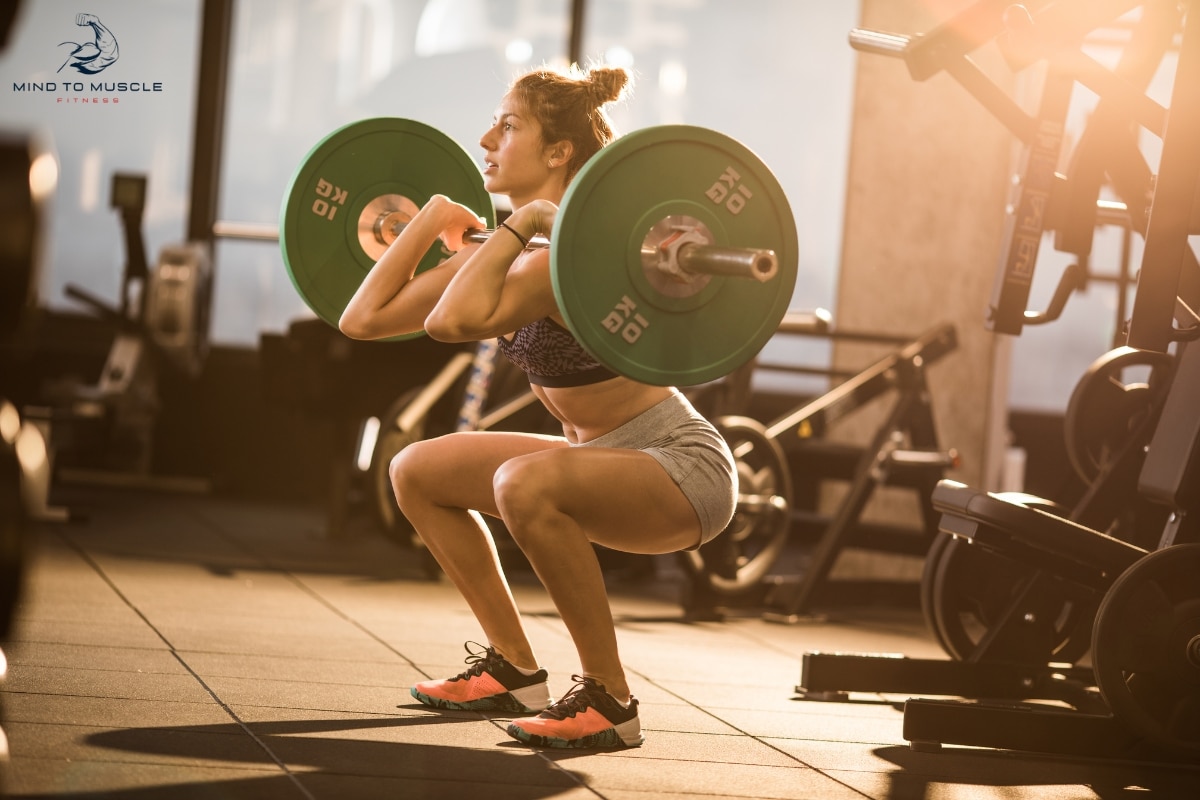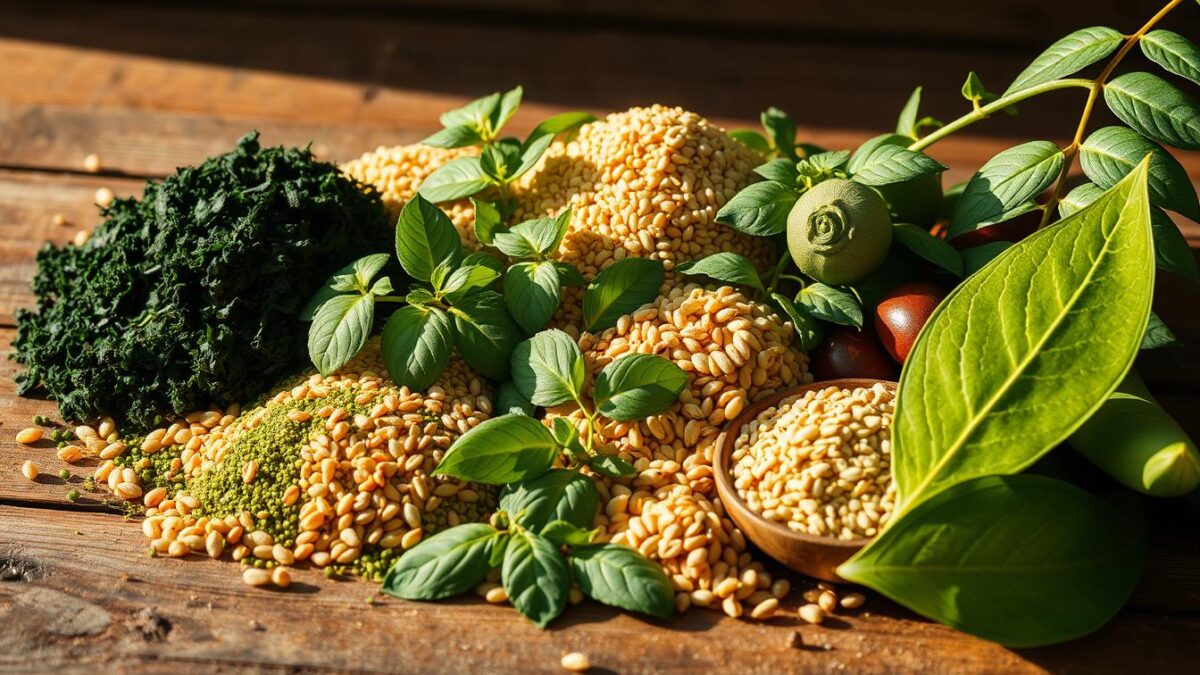
Strength Training for Endurance Athletes
How can strength training for endurance athletes enhance your performance more than just gaining muscles?
Many think strength training just adds bulk, which might slow down an endurance athlete. But the truth is exciting and very important. It not only boosts muscle size but also your athletic ability and performance across the board.
If you’re into marathons, cycling, or swimming, adding endurance athlete strength training can significantly up your game. For example, men should do 25 push-ups in 3 seconds, while women aim for 10 reps. Also, hitting six pull-ups fast for men and three for women makes a giant difference. Men and women should deadlift 1.5 and 1.25 times their weight, and do a 50% body weight kettlebell front squat for 25 reps for the best strength levels.
The real question is: “How does advanced strength for endurance athletes boost my stamina and performance?” This article is here to show you the proven ways strength training can enhance your endurance sports journey, without getting in the way.
Key Takeaways
- Strength training can significantly enhance endurance athletes’ overall performance.
- Integrating strength work helps in improving muscle efficiency and resilience.
- Men should target 25 push-ups and 6 pull-ups within three seconds; women should aim for 10 push-ups and 3 pull-ups.
- Men and women should strive for deadlifting 1.5 and 1.25 times their body weight, respectively.
- Achieving a 50% body weight kettlebell front squat for 25 reps is crucial for endurance athletes.
Introduction to Strength Training for Endurance Athletes
Strength training is key for endurance athletes aiming to up their game. It helps add power, lowers the risk of getting hurt, and boosts overall stamina. This makes it a vital part of any athlete’s training program.
Understanding the Importance of Strength Training
Many endurance athletes think working out will make them too bulky. But, this isn’t true. The right strength training makes muscles work better, not just bigger. This means athletes can use their strength more efficiently for longer times.
It all leads to more power and the ability to keep performing well. Both experts and athletes find strength training crucial for top-notch performance. And it does this without adding too much muscle weight.
How Strength Training Enhances Endurance
Strength training does a lot for an athlete’s stamina. It helps prevent injuries, making muscles and tendons stronger. This keeps athletes training without pause. Plus, it makes the body tough, quickening the recovery after tough workouts.
Greater endurance from strength training also boosts an athlete’s metabolic rate. This means they can keep up intense efforts longer. Ultimately, this leads to better race times and overall achievement.
In summary, adding strength training to an athlete’s routine is crucial. It’s a key step for better performance and a long, successful career in sports.
Key Benefits of Strength and Conditioning for Endurance Athletes
Adding strength and conditioning to endurance athletes’ regimens can boost their performance. We’ll look into the major benefits. This approach makes a big difference in all parts of an athlete’s journey.

Improved Muscle Efficiency
Strength and conditioning help athletes’ muscles work better. They use less energy to do the same task. This means athletes have more stamina and endurance. They can keep a solid pace for longer, fighting off tiredness and doing better in sports.
Injury Prevention and Recovery
It also helps prevent and heal injuries. A strong program makes muscles, ligaments, and tendons tougher. This means they can handle the strain of tough training. It cuts down the chance of injuries like stress fractures. Plus, if they do get hurt, athletes with strong muscles bounce back faster.
Better Performance in Endurance Sports
Getting strong and conditioned helps athletes do better in their sports. Training specific muscle groups and movements boosts their power and effectiveness. Athletes move faster, last longer, and improve their results. This kind of training can make them quicker and more consistent during races.
These benefits are key:
| Benefit | Explanation |
|---|---|
| Improved Muscle Efficiency | Enhanced stamina and reduced fatigue during long activities. |
| Injury Prevention and Recovery | Stronger muscles and tendons leading to fewer injuries and faster recovery. |
| Better Performance in Endurance Sports | Increased power, speed, and consistency in performance. |
Advanced Strength for Endurance Athletes
Want to get better at endurance? Advanced strength is a must. You need more than just basic lifts. Advanced workouts help you with power, agility, and speed.
For example, advanced plyometrics can change your game. They boost your explosiveness, key for sprints and tough competition. It’s the best way to mix strength with speed.
An advanced strength program hits different muscle groups hard. It uses methods that keep muscles growing and adapting. This is key for top performance. Athletes use moves like squats and deadlifts, plus core exercises, a lot.
Here’s a look at some key workouts for endurance athletes:
| Workout Type | Benefits | Examples |
|---|---|---|
| Resistance Training | Increases muscle endurance and overall strength | Weighted lunges, barbell squats |
| Plyometrics | Enhances explosive power and agility | Box jumps, depth jumps |
| Core Stabilization | Improves balance and reduces injury risk | Planks, stability ball exercises |
Using these pro techniques can boost your endurance significantly. They’re all about upping your game in many ways. This prepares you not just for sports, but to stand out at the top.
Sport-Specific Strength Training Techniques
Training for your sport is key to better performance. Long-distance runners, cyclists, and swimmers all need their own workouts to improve. Knowing the right exercises for your sport can boost your performance. It lets you stand out among the rest.
Resistance Training for Long Distance Runners
Long-distance runners need strong legs without getting too bulky. They should do exercises like lunges, squats, and deadlifts. These work on leg strength and power. Doing these can make you a better runner and help prevent injuries by supporting your joints.
Customized Workouts for Cyclists
Cyclists should focus on their legs and core. Important exercises include leg presses, calf raises, and core work. These workouts make your legs stronger for better pedaling and keep your posture good while cycling. With these exercises, cyclists can ride more efficiently for longer.
Strength Routines for Swimmers
Swimmers need strong arms, core, and the ability to rotate their bodies. They do pull-ups, throw medicine balls, and hold planks. These exercises build muscles essential for swimming. This training leads to faster times and an overall better showing in the water.
| Sport | Key Exercises | Benefits |
|---|---|---|
| Long Distance Running | Lunges, Squats, Deadlifts | Increased Lower Body Strength, Injury Prevention, Improved Running Efficiency |
| Cycling | Leg Presses, Calf Raises, Core Exercises | Enhanced Pedal Power, Better Cycling Posture, Increased Endurance |
| Swimming | Pull-Ups, Medicine Ball Throws, Planks | Better Upper Body Strength, Improved Core Stability, Faster Swim Times |
Building Strength for Endurance Sports
Getting strong for endurance sports is key to getting better. Making a solid plan with the right exercises can help you reach your best.
Effective Exercises for Endurance Athletes
For endurance sports, doing various exercises is very important. Here are some top exercises for endurance athletes:
- Squats: Vital for lower body strength.
- Deadlifts: Essential for functional muscle power.
- Lunges: Great for improving balance and leg strength.
- Planks: Important for core stability and endurance.
These exercises not only make you stronger but also boost your staying power. Keep doing them to build a better base for your sport.
Programming and Periodization
Having a good plan is critical for getting strong in endurance sports. This includes setting up workouts to get stronger without losing endurance. Here’s a simple plan:
- Preparation Phase: Focus on building a fitness base with moderate intensity exercises.
- Strength Phase: Incorporate high-intensity workouts and strength-specific routines.
- Transition Phase: Mix endurance and strength training with varied intensities.
- Peak Phase: Reduce volume and emphasize sport-specific drills to achieve peak performance.
Following this plan keeps athletes from getting too tired. It’s important to customize these steps based on your own needs and goals. This method can help endurance athletes train smarter.
Peak Performance Training for Endurance Athletes
To reach your highest level in sports, you must cover all bases. This means focusing on more than just getting strong. To truly excel, you need to eat well, rest right, and work on your mind, too. This is what peak performance training is all about for endurance athletes.
Eating the right food is vital for your training. A balanced diet is key, filled with proteins, healthy fats, and carbs. This diet keeps your energy up and helps your muscles heal after hard workouts.
Taking breaks and doing light workouts can stop you from overdoing it. It also lowers your chance of getting hurt. Things like foam rolling, stretching, and yoga make your body more flexible and speed up recovery.
Working on your mind is just as important. Activities that help you imagine success, stay mindful, and set clear goals can boost your mental strength. This is crucial for staying sharp in competitions.
Take a look at some key practices for top athletes below:
- Periodized training plans that balance intensity and recovery
- Personalized nutrition strategies
- Mental conditioning routines
- Regular performance assessments
Here’s what a week of peak performance training might look like:
| Day | Activity | Focus |
|---|---|---|
| Monday | Strength Training | Power and Muscle Efficiency |
| Tuesday | Endurance Run | Cardiovascular Fitness |
| Wednesday | Yoga | Flexibility and Mental Relaxation |
| Thursday | Interval Training | Speed and Agility |
| Friday | Strength Training | Muscle Endurance |
| Saturday | Long Distance Run | Stamina Building |
| Sunday | Rest/Active Recovery | Recovery and Mobility |
To be the best you can be, follow these steps. Mix these elements into your training. They will help you break your own records and achieve your ultimate goals.
Conclusion
In our detailed journey through strength training for endurance athletes, we’ve seen its powerful benefits. Strength training goes beyond adding muscle—it transforms our capabilities for endurance. It lets athletes boost their potential in power, efficiency, and endurance.
We’ve covered a lot, from the importance of strength training to specific exercises for different sports. What’s key is that strength training isn’t just about looks. It’s focused on making our bodies work better. For any endurance athlete, these methods can truly enhance your performance.
My advice to all endurance athletes is to make strength training central to your fitness plan. With the right strategies, you can soar to new heights. Use this wisdom for a balanced and ongoing training approach. You can enhance your endurance with strength training. Start now and work towards your athletic dreams.



